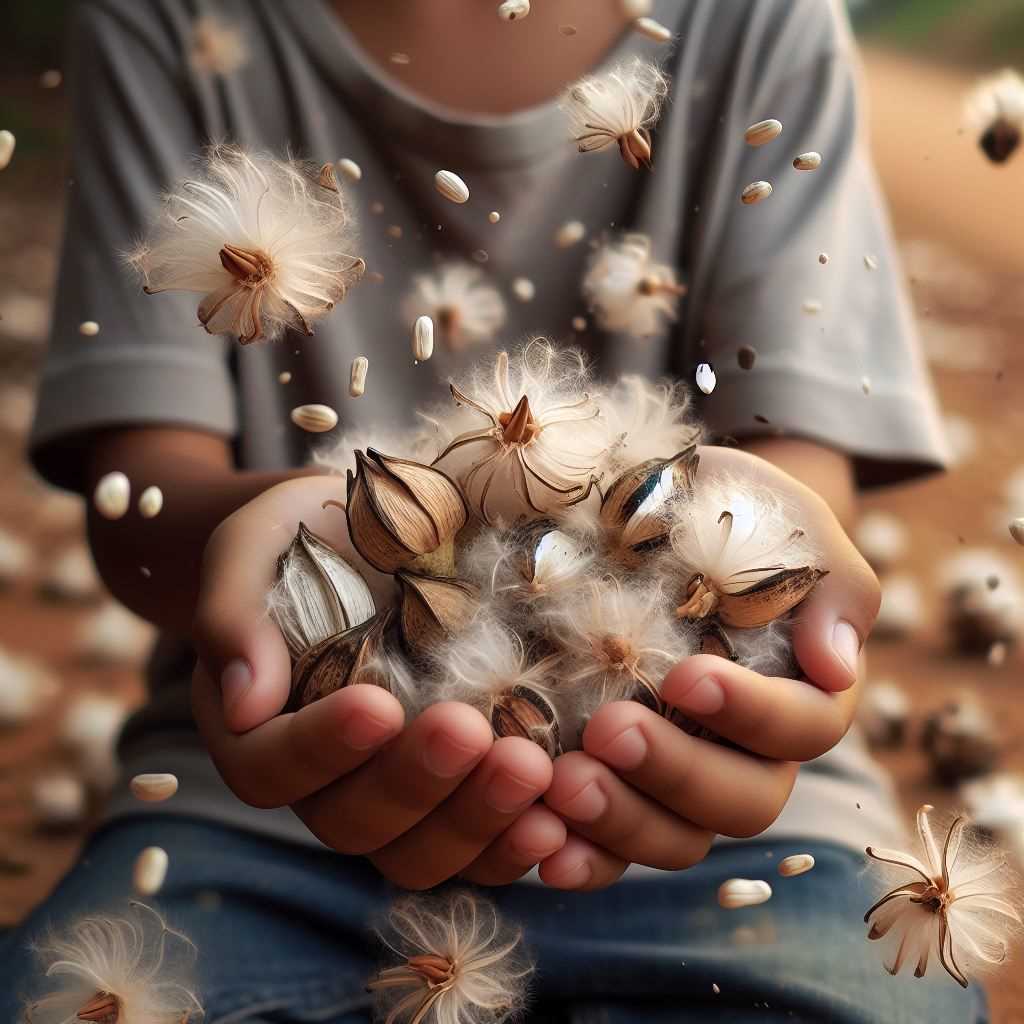The Many Lives of the Ceiba Tree in the American Tropics
The ceiba tree is more than wood and leaves. It's a pillar of the jungle, where air is cleansed, dreams are spun from cotton-seeds, and its spirit echoes in the beat of river drums.

Deep within the heart of the American tropics, where the heat hangs heavy and the sounds of unseen creatures collide to create a complex web of life, there stands a being of immense power and quiet beauty. This is the Ceiba tree (Ceiba pentandra), known by myriad names: pochota, pochote, silk-cotton tree. She is an ancient grandmother, her vast form a living attestation to the passage of centuries.
The Ceiba, like all things wild, exists in two worlds – the world of science and the world of myth. Botanists may tell you of her deciduous nature, the massive buttressing roots that cradle her immense trunk, and of the curious seed pods that burst like fantastical creatures, spilling forth a cloud of fluffy kapok fibers. But to fully understand this arboreal titan, one must listen to the voices of the jungle.




